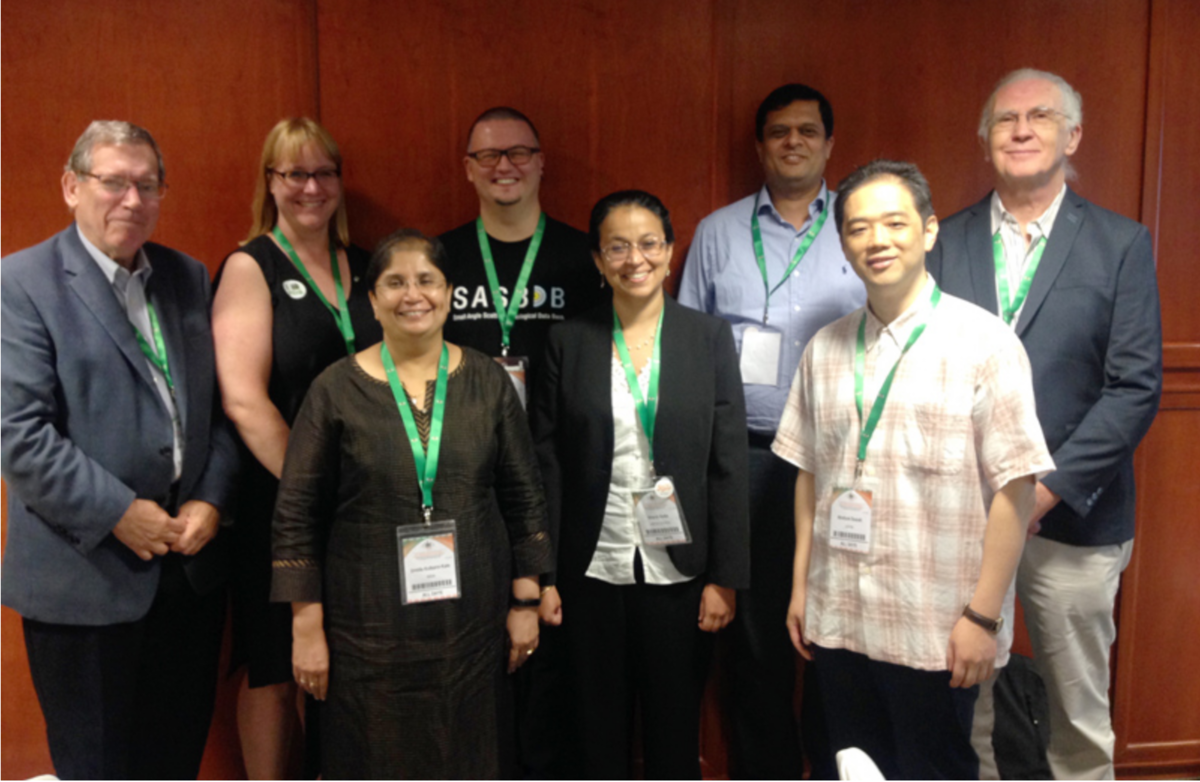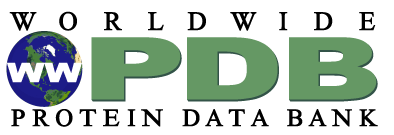Structural Databases as Teaching Tools
11/28
Free, public access to the structural data made available in the PDB archive strongly benefits scientific research. These data determined using X-ray crystallography, NMR, and 3D electron microscopy can be used and re-used in other studies and experiments that further our understanding of biology and medicine.
Every three years, the International Union of Crystallography (IUCr) brings together thousands of researchers interested in all aspects of crystallography, from minerals to large biological macromolecular machines. In the microsymposium Structural databases as teaching tools (macromolecules), six researchers described the ways in which the availability of structural data and related bioinformatics resources is a powerful tool for teaching and education.
These presentations are highlighted in RCSB PDB Newsletter's latest Education Corner:
- Enlightening macromolecular structure-function relationship with Proteopedia Jaime Prilusky (Weizmann Institute)
- Structural view of biology: Exploring new perspectives for deeper learning Shuchismita Dutta (RCSB PDB)
- Disease to therapeutics via 3D structures: stories from viral world Urmila Kulkarni-Kale (University of Pune)
- PDBe: Bringing structure to biology and beyond Sameer Velankar (Protein Data Bank in Europe)
- SASBDB and DARA as biological solution scattering teaching tools Alexey Kikhney (EMBL-Hamburg)
- Play with 3D structure data of biomolecules Hirofumi Suzuki (Protein Data Bank Japan)
Published quarterly in our Newsletter, each Education Corner offers an account of how members of the community use the PDB to educate students. If you would like to submit an Education Corner column, please send an email to info@rcsb.org.
The Fall 2017 issue of the RCSB PDB Newsletter also describes a new PDB Archive with File Versioning and Revision History; PDB-Dev, the prototype system for Integrative/Hybrid structural models; and improved text searching.
Past news and events have been reported at the RCSB PDB website and past Newsletters.




